The stroke rehabilitation literature suggests that the first three to six months are typically when most spontaneous functional motor recovery will occur. This first recovery mechanism is essentially a resolution of harmful local factors, which generally account for early spontaneous improvement after stroke. These processes include resolution of local edema, resorption of local toxins, improvement of local circulation, and recovery of partially damaged ischemic neurons.
After this time, please don’t let ANYONE tell you ‘that’s it’, because you then have the potential to restore significant function at whatever point from injury you happen to be, whether it is a month or 10 years. You can take advantage of the second major recovery mechanism: neuroplasticity, which can take place early or late. This is the ability of the nervous system to modify its structural and functional organisation. The two most plausible forms of plasticity are collateral sprouting of new synaptic connections and the unmasking of neural pathways and synapses that are not normally used, but that can be called upon when the dominant system fails.
CIMT (constraint-induced movement therapy – check it out if you don’t know) is a magnificent example of intensive, ultra-focused repetitive work to drive plasticity. This simple but powerful ‘forced-use paradigm’ can be modified for use in your home rather than a clinic, This is the topic for one of my next posts.
So, mu advice is that it is useful to wave goodbye to the naysayers. Forget about any 1-year rule. Forget a 3-year rule. In fact, time to forget ‘the rules’, ok? Very limiting things, rules… because we tend to follow them blindly without asking why they are there or who made them up. Recovery can continue over a long period of time if you have partial return of voluntary movement, especially in the upper limb. A systematic review of 58 studies confirms the most important predictive factor for upper limb recovery following stroke is the initial severity of motor impairment or function.
Furthermore, who says that you cannot be the exception to the ‘rule’? Potential is a difficult word. I personally have the potential to be astronaut. Probably won’t happen! But recovery potential? Don’t let anyone tell you that you aren’t going to make as good a recovery as possible. The reason is that there is ALWAYS something you can do to try to improve your lot. If all else fails, you’ll at least be keeping the ‘plastic template’ open and available for applications of current or future cutting-edge innovations. That’s why every repetition you do counts. More on this in a later post. For now, I can tell you for certain that time-rules and the ‘nay-sayers’ can be ignored.
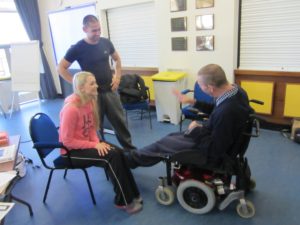 The current UK National Stroke Strategy emphasises the need for long-term, therapy-based rehabilitation for stroke patients. Yet at the same time, there is insufficient evidence to support the development of more therapy-based rehabilitation, which is currently such an accepted part of stroke management.
The current UK National Stroke Strategy emphasises the need for long-term, therapy-based rehabilitation for stroke patients. Yet at the same time, there is insufficient evidence to support the development of more therapy-based rehabilitation, which is currently such an accepted part of stroke management.
Wider afield, in Florida, internationally respected stroke therapy expert Professor Pamela Duncan suggested that there is an urgent need to make additional strides in stroke rehabilitation research for such reasons, arguing that we still know little about how the characteristics (timing, intensity, or duration) of traditional therapies really work in comparison to others.
She was, and is still, right! This lack of data is also down to the fact that it has been felt over the years to be unethical not to ‘treat’ a large cohort of patients as part of a control group to test dominant therapies. Whilst the experts figure it out and continue to add to the growing body of high quality studies for the evidence base, I suggest that YOU (when you’re ready), start incrementally to make the rules for yourself, as I did.
To help you on your journey, you can use the complete system shown in the Successful Stroke Survivor manual and there IS a lot of other help around – you just need to know where and how to look. You can be much more informed than I ever was 2o years ago at the time of my own stroke. You have absolutely nothing to lose. Who knows what you can achieve if you have no set boundaries? There’s absolutely no reason why you can’t ‘Do It Yourself’ to a large extent, after you reach some significant functional milestones, avoiding spending thousands of expensive clinical neurophysiotherapy in the process.
Importantly, you can significantly increase your ability to perform activities of daily life from ANY point in time after your injury. I’ll show you how. Not only that, but I can show you what you have to do to keep, and add to, your gains year on year. Make sure to tune in to further posts!
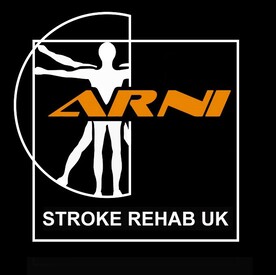
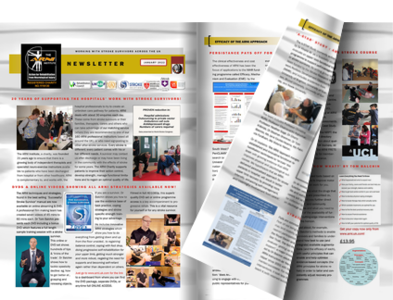
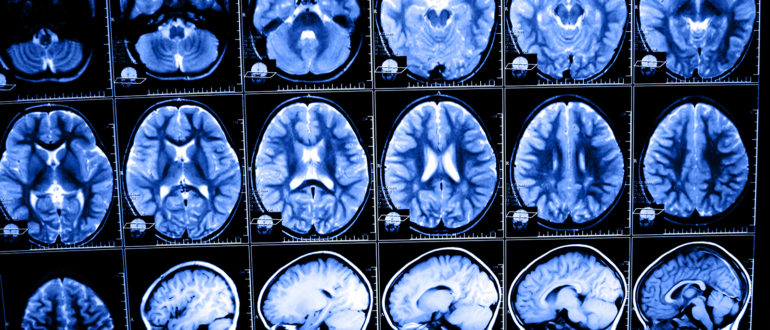
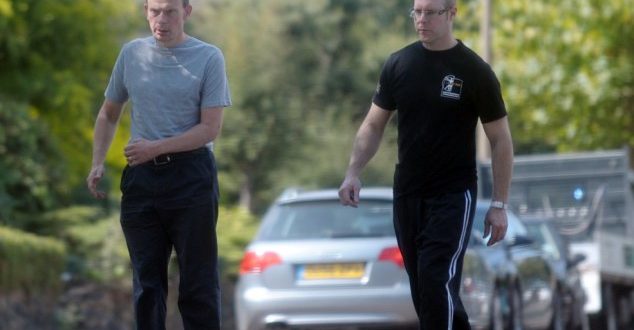


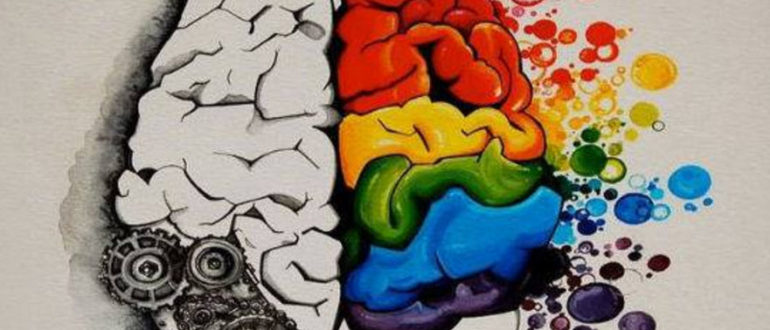
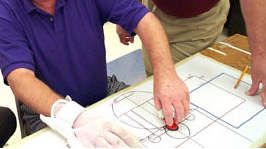 Low grip strength in the stroke population can and should be corrected via strength training since grip strength is also a predictor of disability and mortality in older adults. This is why ARNI has, since inception 17 years ago, concentrated on task-training, strength training and the appropriate development of physical coping skills. We’ve done the same thing ever since.
Low grip strength in the stroke population can and should be corrected via strength training since grip strength is also a predictor of disability and mortality in older adults. This is why ARNI has, since inception 17 years ago, concentrated on task-training, strength training and the appropriate development of physical coping skills. We’ve done the same thing ever since.